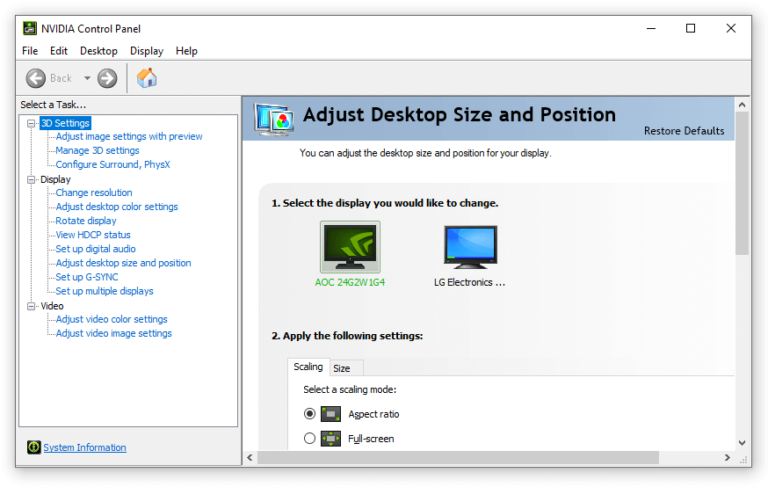A Peripheral Drivers area of the program calls out printer and USB drivers, telling you very clearly if they’re installed and working normally. In very rare cases, the driver won’t come as an installer on the manufacturer’s website. Instead, it’ll come as a single file you need to install manually through Windows’ Device Manager. To do this, open the Start menu, type “Device Manager,” and press Enter. Find your hardware in the list, right-click on it, and choose Update Driver. Then click Browse My Computer for Driver Software, and navigate to the file you downloaded to install it.
However, you may sometimes have to update some controllers manually. Or simply put, when you install Windows updates, it will automatically install the needed drivers for all your devices.
[Notebook/AIO] How to update BIOS in Windows
To use DriverView, download the ZIP, extract it, and open the EXE. You will have drivers on your system, even NVIDIA GT 630 driver if you didn’t manually install them, but you may not know what they are or what version you have. You can repeat these steps with any devices or drivers in the list. Right-click a device or driver name to see if the driver needs an update. If computer performance has been an issue, you can check to see if different drivers are up-to-date and working. We’ll walk through it here with a driver for a printer, but you can follow the same steps for any driver on your computer.

It allows the machine to understand (and use) the features of your PC or mobile device. The manufacturers of the printers release regular software updates. When you update a graphic driver (or a driver for any device), the software installed on your computer is replaced with the new version. The device may have to be restarted in order for the new drivers to take effect.
Enabling auto-updates for PC Manager and drivers
Updating the motherboard driver ensures that all motherboard components work flawlessly without any issue. A corrupted or outdated motherboard driver will decrease the system’s overall performance. As discussed above, a driver acts as a software interface between the Operating System and the internal motherboard components. These components include input and output audio, network adapters, display adapters, USB ports, etc. BIOS acts as the interface through which users can control the component connected to the motherboard.
- Before we get into the actual steps to update our drivers, a word about why we’re speaking primarily about Windows here.
- If it’s not kept updated and old software is still being used, it could cause the machine to crash and work ineffectively.
- Driver Hub is a completely free driver updater that takes care of all driver-related issues and boosts the performance and stability of your computer.

